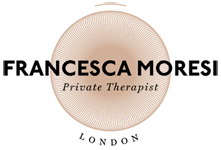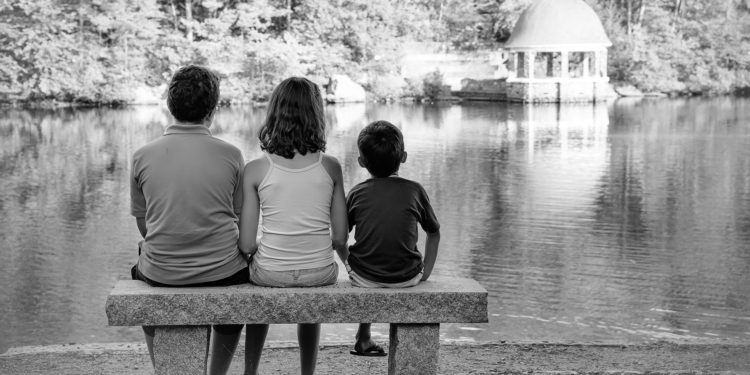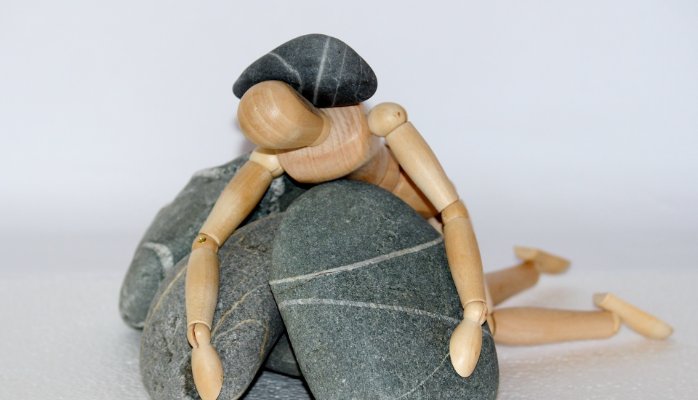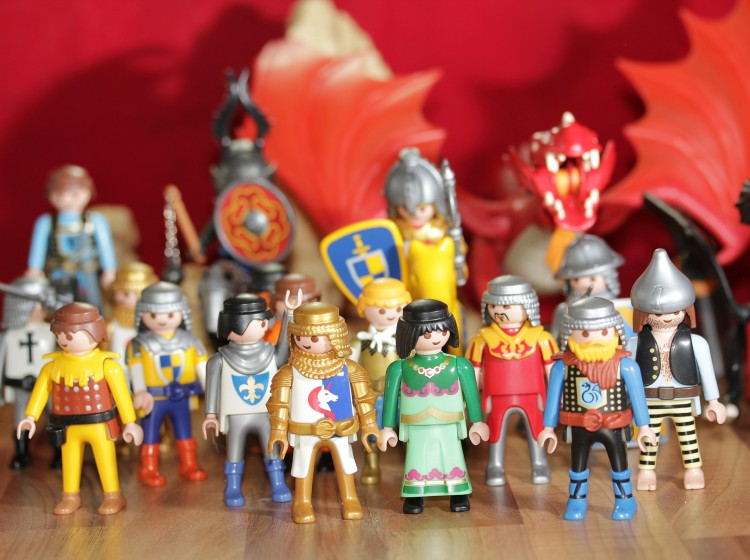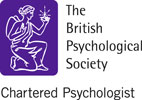As you know, breathing is something we all do naturally. But did you know that the way we breathe changes from childhood to adulthood?
Perhaps you’ve noticed when your baby breathed you would see the rise and fall of the belly with each in-breath and out-breath. In fact, babies and children naturally breathe deeper. However, this changes without us knowing it as we grow up – and not for the better.
Think of your own breathing now as an adult. You may notice that it is your chest which rises and falls. So, when we grow, our breath becomes shorter and shallower. This has a negative impact on us both physically and mentally, and it can be a lot of work and effort to revert back to our deeper belly breathing. We would need to re-learn this and make a conscious effort to practice forming this into a habit.
Children are quicker learners and more adaptable to change, more so than adults. So, this is why it is more important to instill this practice in children, so they do not lose this habit as they transition from childhood to adulthood. They will have this tool to use all lifelong.
Deep breathing is the foundation of many types of mindful meditation. Mindful meditation can change the structure of your brain. In fact, the brain is oxygen-dependent and uses 20% of the body’s oxygen supply, meaning it needs a lot of oxygen to function properly. If the brain does not receive the right amount of oxygen, it is likely symptoms such as feeling cloudy or on edge will appear.
This is where correct deep breathing comes in. When you take a deep breath, your brain is properly oxygenated and there is a parasympathetic nervous system reaction that causes a drop in heart rate and blood pressure.
According to research, training of slow and deep breathing is the most effective method to attenuate excessive acute stress response (Everly and Lating 2013). Importantly, the sympathetic and parasympathetic nervous system is greatly affected by the process of respiration e.g. diaphragmatic breathing stimulates the right vagus nerve facilitating full relaxation (Harvey 1978, Jerath et al. 2006).
Furthermore, a prolonged expiratory phase can lead to decreased neuronal firing in the amygdala and hippocampus, resulting in general physiological calm state associated with cognitive improvement in a manner of increased self-control and failing of obsessive thoughts (Austin 2006, Everly and Lating 2013).
As adults, we lose the ability to breathe deeply and slowly with our belly. So when we teach children how to breathe, we allow them to create effortless habits which provides them the ability to give their brain and body what they need.
Research has shown that introducing breathwork through mindful meditation to children provides many benefits for their physical and mental health, as well as their academic performance at school and their social and emotional development.
In fact, children who learn mindful meditation and breathwork develop a stronger resilience to face life’s stressors and the ability to self-regulate when they experience intense emotions. Self-regulation is learning to pause between a stressor and a reaction. This way children learn to recognise their emotions before acting on them and learn how to deescalate themselves when stress arises. This can be particularly useful for children with ADHD and other impulse control issues.
When it comes to academic performance and attendance, the introduction to mindful meditation has shown a positive impact. Different studies show improvement for children during high stakes testing by improving working memory and decreasing anxiety. It has also shown increased attendance, less disruptive behaviour, better grades and generally happier and more compassionate children.
There are countless benefits to practice mindful breathing with children:
- increased concentration, attention span and memory
- enhanced academic achievement and grades
- increased self-confidence
- reduced anxiety and better stress management
- increased resilience and ability to self-regulate
- better mood and general happiness
- fostering improved physical health
Arguably, the biggest benefit would be providing your child with an effortless, long-lasting, automatic and readily available tool that can facilitate these benefits for them now and for the rest of their life.
